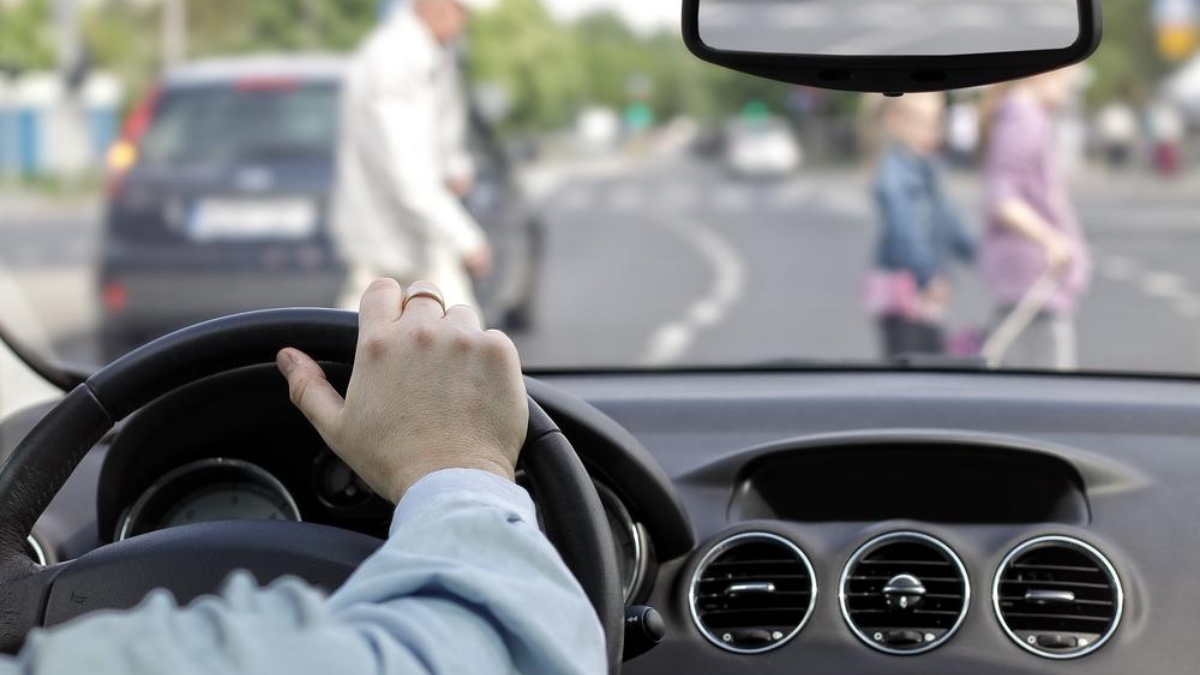Louisiana’s right-of-way laws play a crucial role in maintaining safety and order on the state’s roads. These laws outline who must yield in various traffic scenarios, from bustling intersections to rural pedestrian crossings. Understanding and adhering to these rules not only prevents accidents but also helps drivers avoid legal penalties.
Right of Way at Intersections
Intersections are frequent sites of right-of-way disputes. In Louisiana, drivers must yield to vehicles already in the intersection. At four-way stops, the vehicle that arrives first has the right of way. If two vehicles arrive simultaneously, the driver on the right proceeds first.
For intersections without traffic control devices, vehicles approaching from the right generally have the right of way. Drivers are encouraged to exercise caution and be prepared to yield to prevent accidents.
Pedestrians and Crosswalks
Louisiana prioritizes pedestrian safety in its traffic laws. Drivers are required to stop for pedestrians crossing within marked crosswalks or at unmarked crosswalks at intersections. Pedestrians, however, must not suddenly leave a curb or other place of safety, causing a vehicle to yield abruptly.
Drivers should remain vigilant, especially in areas with high pedestrian activity. The Louisiana Highway Safety Commission provides additional resources on pedestrian and driver responsibilities.
School Zones and Buses
School zones demand heightened caution. Reduced speed limits are enforced during specific hours, and drivers must yield to crossing guards. When a school bus displays its stop sign or flashing red lights, all traffic in both directions must stop unless the roadway is divided by a median.
Failure to comply with these laws can lead to significant fines and put children at risk. For a detailed understanding of school zone regulations, visit the Louisiana Department of Education.
Emergency Vehicles
When an emergency vehicle approaches with flashing lights or sirens, Louisiana law requires drivers to pull over to the right and stop until the vehicle has passed. This law also applies to stationary emergency vehicles. Drivers must move over or significantly reduce speed when passing them to ensure the safety of emergency personnel.
The “Move Over Law” is detailed on the Louisiana State Legislature website and is aimed at reducing roadside accidents involving emergency responders.
Turning and Yielding
When making a left turn, Louisiana drivers must yield to oncoming traffic and pedestrians. Vehicles entering a roundabout must yield to traffic already circulating within it. These rules are designed to maintain traffic flow and reduce the likelihood of collisions.
Special Considerations for Cyclists
Cyclists in Louisiana are treated as vehicles and are granted the same rights and responsibilities as motorized vehicles. Drivers must yield to cyclists when turning or merging into bike lanes, ensuring their safety. Cyclists, on the other hand, must obey traffic signals and yield rules like any other road user.
Common Violations and Penalties
Violating right-of-way laws can result in severe consequences, including fines, points on a driver’s license, and increased insurance premiums. Common infractions include failing to yield at stop signs, ignoring pedestrian crossings, and not moving over for emergency vehicles. Repeat violations may lead to license suspension.
Importance of Awareness
Right-of-way laws are vital for preventing accidents and ensuring the safety of all road users. While enforcement helps, awareness and education are equally important. Drivers must remain alert, exercise patience, and prioritize safety. Pedestrians and cyclists also play a role by understanding their responsibilities and adhering to traffic rules.
Conclusion
Louisiana’s right-of-way laws are fundamental to creating a safe and efficient transportation environment. By following these rules, drivers, pedestrians, and cyclists can contribute to a safer road system. For more detailed information, refer to resources provided by the Louisiana Highway Safety Commission. These organizations offer valuable insights and updates on traffic laws and safety initiatives.
Disclaimer – Our team has carefully fact-checked this article to make sure it’s accurate and free from any misinformation. We’re dedicated to keeping our content honest and reliable for our readers.








